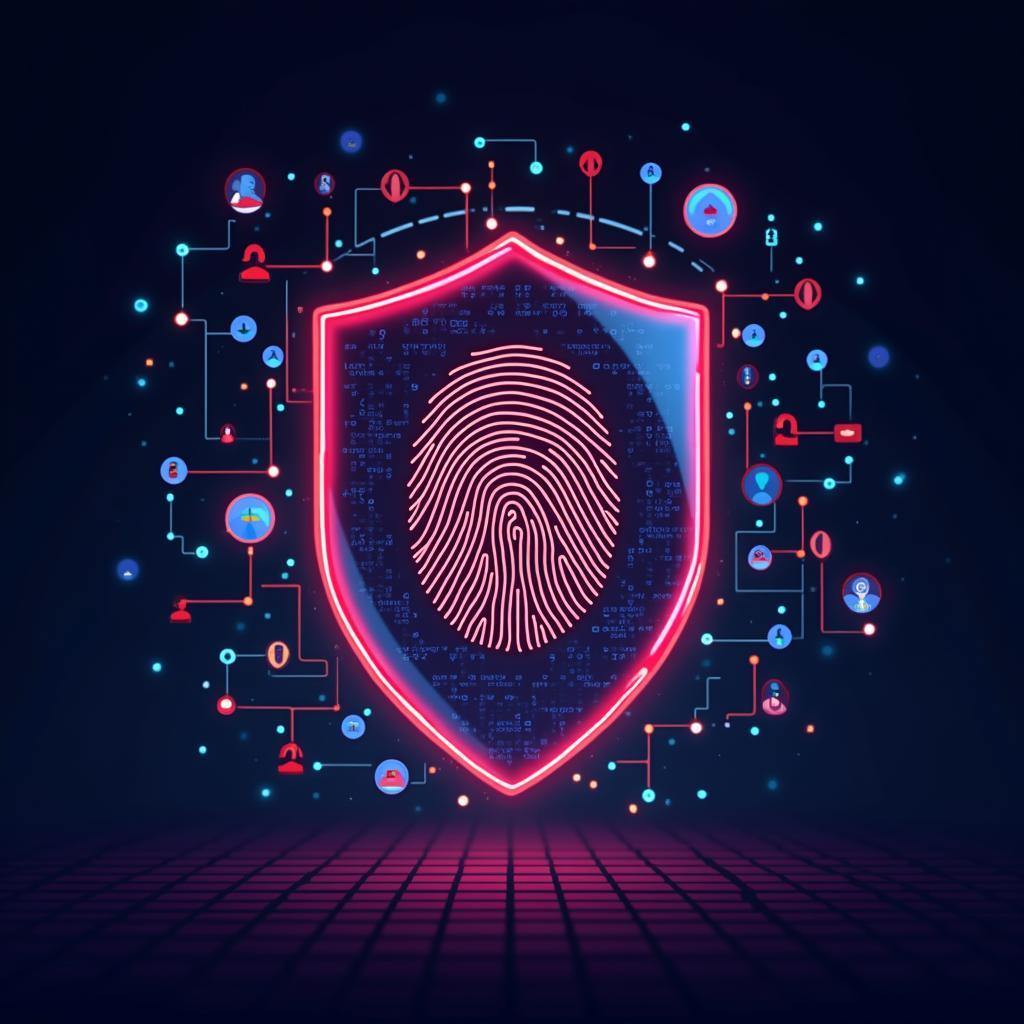In the IELTS Reading section, candidates are required to read several passages and answer corresponding questions within a limited timeframe. The topics can range from scientific discoveries to technological advancements, such as blockchain technology. Over the years, the topic of blockchain has gained significant traction due to its innovation and application in various fields, including digital identity security. Understanding this concept is not only beneficial for real-world knowledge but also equips you with the vocabulary and comprehension skills needed for the exam.
Blockchain technology’s role in securing digital identities has appeared in recent IELTS Reading texts given its relevance and increasing adoption. Based on historical patterns, it is likely to appear again in future exams. So, let’s explore this intriguing topic while providing a reading practice passage and questions to sharpen your skills.
Main Content
Practice Reading Passage: Blockchain and Digital Identity Security (Medium Text)
The advent of blockchain technology has heralded a new era in digital security, particularly in the realm of digital identities. Blockchain’s decentralized, immutable ledger system provides a robust framework for ensuring the integrity and security of personal data.
Digital identities are susceptible to a myriad of threats in the traditional data storage systems. Centralized databases are often targeted by cybercriminals, leading to data breaches that compromise sensitive information. However, blockchain technology addresses these vulnerabilities by distributing and encrypting data across a network of computers, making it exceedingly difficult for unauthorized entities to alter or access the data.

One of the key benefits of using blockchain for digital identities is its ability to provide self-sovereign identity (SSI). SSI allows individuals to own and control their personal data without relying on third parties. By leveraging blockchain’s cryptographic principles, individuals can securely share their identity information with service providers without exposing it to risks of fraud or theft.
Moreover, blockchain facilitates seamless and secure verification processes. Traditional identity verification methods are often cumbersome and prone to human error. Blockchain, on the other hand, allows for instantaneous verification through smart contracts – self-executing contracts with the terms directly written into code, providing an automatic and trustworthy verification mechanism.
An example of blockchain’s potential in securing digital identities is Estonia’s e-Residency program. Estonia leverages blockchain technology to offer people around the world the ability to apply for a secure digital identity recognized by the Estonian government. This digital identity facilitates online services such as business banking, electronic signatures, and encrypted document exchange, underscoring the practical applications of blockchain in providing secure digital identities.
Questions
Multiple Choice Questions:
- What is one major advantage of blockchain technology in securing digital identities mentioned in the passage?
a. Centralized data storage
b. Immutable and decentralized ledger system
c. Manual verification processes
d. Reliance on third-party control - How does blockchain enhance the security of digital identity verification?
a. Through manual authentication
b. By centralizing data stores
c. Via smart contracts
d. By human intervention
Identifying Information (True/False/Not Given):
- Traditional identity verification methods are highly accurate and efficient.
- Blockchain technology makes it easy for unauthorized entities to alter personal data.
- Estonia’s e-Residency program uses blockchain to enhance digital identity security.
Matching Sentence Endings:
- Blockchain’s cryptographic principles help to…
a. reduce centralized control.
b. encrypt data across a single server.
c. maintain data integrity and security. - Self-sovereign identity enables individuals to…
a. rely on third parties for control.
b. fully own and manage their identity data.
c. avoid sharing their data entirely.
Answer Key and Explanations:
- b. Immutable and decentralized ledger system
Explanation: Blockchain’s decentralized nature and immutable ledger system are significant advantages for securing digital identities. - c. Via smart contracts
Explanation: Smart contracts enable automatic and secure verification without the need for intermediaries. - False
Explanation: Traditional methods are described as cumbersome and prone to human error, not highly accurate and efficient. - False
Explanation: Blockchain’s distributed and encrypted data storage makes it difficult for unauthorized access or alteration. - True
Explanation: Estonia’s e-Residency program indeed uses blockchain technology to secure its digital identity services. - c. maintain data integrity and security
Explanation: Blockchain’s cryptographic principles play a crucial role in ensuring data integrity and security. - b. fully own and manage their identity data
Explanation: Self-sovereign identity allows individuals to control their personal data without relying on third-party intermediaries.
Insights and Key Learnings:
Common mistakes in such passages include misinterpreting technical terms and overlooking details about how blockchain mechanisms work. Pay close attention to how blockchain’s principles are illustrated and ensure you understand terms like “self-sovereign identity” and “smart contracts”.
Vocabulary:
- Immutable (adj): unchangeable, permanent
Pronunciation: /ɪˈmjuː.tə.bəl/
Example: Blockchain’s immutable nature ensures that data cannot be altered once it is recorded. - Cumbersome (adj): slow or complicated and hence inefficient
Pronunciation: /ˈkʌm.bə.səm/
Example: Traditional methods are often cumbersome and prone to errors.
Grammar Highlight:
- Relative Clauses:
Example in passage: “One of the key benefits of using blockchain for digital identities is its ability to provide self-sovereign identity (SSI).”
Use relative pronouns like “which,” “that,” or “who” to provide additional information without starting a new sentence.
Final Tips:
- Practice regularly with varied reading materials on current and technical topics.
- Focus on understanding the main ideas and how they are supported by details.
- Build a strong vocabulary, particularly around contemporary subjects like technology and science.
- Learn to manage your time effectively to answer all questions within the given timeframe.
By applying these strategies, you can significantly improve your performance in the IELTS Reading section. Happy studying and good luck with your preparation!